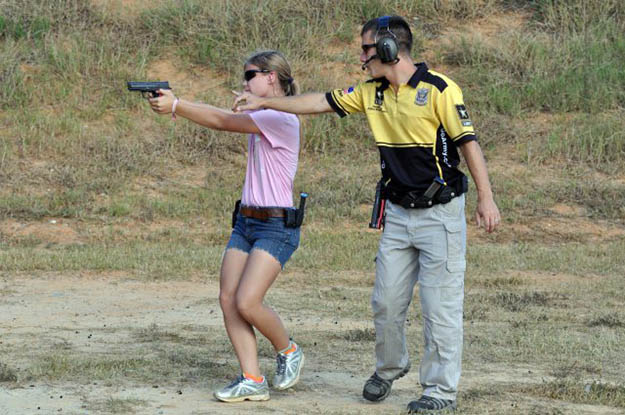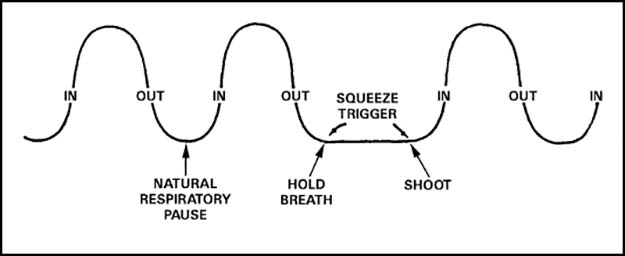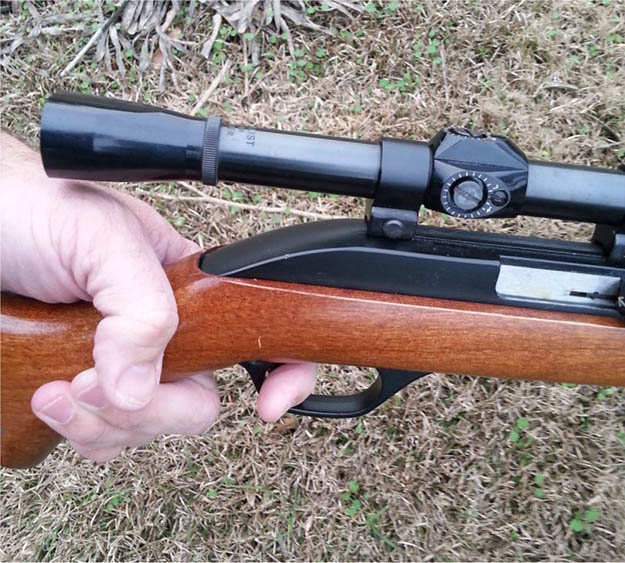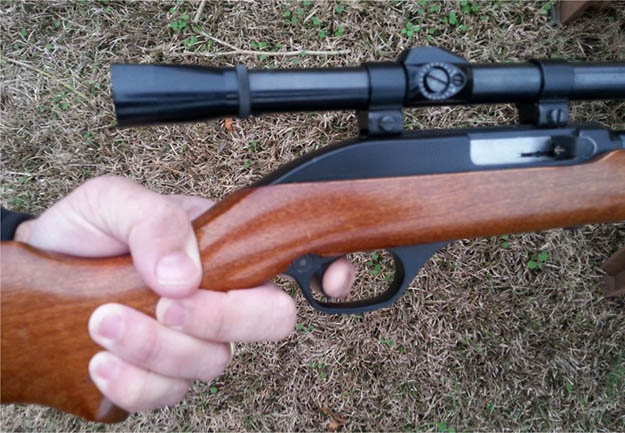5 Steps for Better Rifle Marksmanship

A rifle should be considered an essential tool whether you are
bugging out or bugging in. Your rifle can be used not only for defense
but also for food procurement. You should consider your rifle to be a
tool with a simple “point-and-click” interface. Although firing a
weapon is a relatively easy task, hitting the target isn’t always so
easy. After 20 years of military service training hundreds of young men
and women to engage and shoot their targets, I began to recognize a
short list of common mistakes that prevented soldiers from qualifying as
Expert Marksmen.

The first mistake is pride. It may not seem evident at first, but
pride often is the biggest barrier for me to overcome as a trainer on
the firing line. I noticed over time that soldiers who had never fired a
weapon were the easiest to train. Young men and women from urban areas
seemed to adapt quickly to instruction with women being the easiest of
all to train. Why? The answer is quite simple: soldiers who had never
fired before have little, if any preconceived notions about
marksmanship. They are “clean slates” and their skills can be built
over time. Young men and women who grew up with firearms were the most
difficult to instruct because they brought with them bad habits they had
developed over time. These bad habits are hard to displace and even
harder when the student is a young man because their pride often gets in
the way of learning new skills. I have seen many young men fail to
even qualify on the range and when I ask them what they think went wrong
they almost always say, “I don’t know, I usually shoot better than
this.” The truth is they always fire poorly but pride prevents them
from learning new skills. The best marksmen in the world will tell you
that they never stop learning something new and are always seeking to
improve.

The second mistake I often see involves sight picture. Basically,
sight picture is the term used to describe the alignment of the front
and rear sights. Most trainees tend to change sight picture
frequently. This occurs because they place the weapon against their
cheek in an ever changing way. Where your cheek rests on the weapon
when sighting in is called the cheek-to-stock weld. Ensuring that the
cheek is always in the same place is key to maintaining a good sight
picture. With the M-16/M-4 series of rifles I usually instruct the
firer pull the rifle firmly into the pocket of the shoulder and to place
the tip of the nose against the edge of the charging handle to ensure a
consistent sight picture. On weapons larger than 5.56mm, I usually
have the trainee find the spot that is most comfortable for them on the
stock and then we mark the place where the cheek bone rests on the stock
with a piece of duck tape. When the soldier places his or her cheek
bone on the tape, he or she can be assured that they have the same sight
picture every time. This one simple step often results in a soldier
that qualifies on the range.

It seems simple because we have done it every day since we were born,
but breathing is almost always a cause of missed shots. When we breathe
in our chest expands, causing the rifle barrel to rise. This causes
the bullet to strike higher than we intended. Conversely, when we
exhale the barrel dips, often putting the round in the dirt. The
tell-tale sign this is occurring is often noticed down range when you
collect your target. If your shots are striking the target in an
up-down pattern, then breathing is the culprit. The simplest way to
resolve this is by controlling your breathing. There is a natural pause
between when we exhale and before we take our next breath. Practice
breathing in and out until you notice this pause. Before they take a
shot, I instruct the trainees to breathe in, breathe out, and then fire
during this natural pause. This often eliminates the up-down pattern
observed down range on the target. If you wait too long during that
pause to fire, however, your muscles will begin to shake and your sight
picture will not be consistent. If this occurs just relax, take a deep
breath, exhale and fire.
By better understanding and applying the concepts of consistent sight picture, breathing and trigger squeeze, and techniques for eliminating pre-shot anticipation, anyone can become a good marksman. By eliminating pride from the equation and recognizing that even the best marksmen strive for improvement, anyone can become an excellent marksman!
Marksmanship Tips: Don’t Be Too Proud

It is essential to remember your main reason for taking marksmanship training which is to improve. Via army.mil
Marksmanship Tips: Sight Picture

To maintain a good sight picture, train your body on proper cheek-to-stock weld. Via tommyclarke.com
Marksmanship Tips: Watch Your Breathing

Controlling your breath is critical in achieving accurate and consistent shots. Via globalsecurity.org
Marksmanship Tips: Trigger Squeeze
The fourth issue I often observe is trigger squeeze. Most people pull a trigger using the first joint of the index finger. This is the most frequent bad habit brought to the range by people who have fired weapons before. This habit is easy to spot and correct on the firing line, but is even more evident when you examine the target. A side-to-side pattern of bullet strikes on the target is the tell-tale sign of trigger squeeze issues. This pattern occurs because the weapon is being pulled sideways off target by the pad of the finger tip. You can practice this by holding a pencil vertically in your non-firing hand and pulling back toward you with the index finger of your firing hand. You will notice that when you pull the pencil back using the joint of your index finger, the pencil is pulled sideways and backward instead of backward. For a right handed firer, this means you are pulling the barrel off target and to the right. When pulling the trigger, you should use the pad on the tip of your index finger and pull straight back. Practice this with your pencil and it should come straight back at you.Marksmanship Tips: Anticipating the Shot
Anticipating the shot is not as easy to observe as breathing and trigger squeeze. This tendency only becomes evident after the other bad habits have been eliminated and is characterized by a random pattern of bullet strikes on the target. What generally happens in this instance is that the trainee anticipates the noise and recoil of the rifle just as he or she pulls the trigger. When this happens they may close their eyes and cringe, losing their sight picture along with muscle control. I will often instruct them to pull the tension out of the trigger before fully pulling the trigger back so that the rifle surprises them when it goes off.By better understanding and applying the concepts of consistent sight picture, breathing and trigger squeeze, and techniques for eliminating pre-shot anticipation, anyone can become a good marksman. By eliminating pride from the equation and recognizing that even the best marksmen strive for improvement, anyone can become an excellent marksman!


No comments:
Post a Comment